Although research is ongoing, it is widely accepted aviation’s contribution to global warming goes well beyond that caused by carbon dioxide emissions alone. One of the main non-CO2 impacts is the net warming effect from the formation of contrails and contrail cirrus caused when aircraft engines emit particulates (soot) at altitude in ice-supersaturated regions. The main culprit is the aromatic content of jet fuel, and fuels with a higher concentration of aromatics and especially naphthalene, a bicyclic aromatic compound, cause higher particulate emissions because aromatics burn slower than other hydrocarbons. Sustainable aviation fuels, on the hand, have negligible concentrations of aromatics because they are hydrotreated. Their use therefore could have beneficial consequences, but they are currently only permitted in blends up to a maximum of 50% with conventional fossil jet fuel so the aromatics issue remains. A report by CE Delft for the Dutch government proposes the aromatic content of jet fuel be monitored or controlled within the proposed ReFuelEU Aviation SAF regulation in such a way that it is decreased to ensure the non-CO2 climate impact of aviation is reduced.
A report on non-CO2 impacts by European aviation agency EASA in 2020 identified lowering the aromatic content of jet fuel as a way of reducing the sector’s climate impact and analysed several policy options but concluded current uncertainty and lack of information about aromatic content was a significant barrier to monitoring the effectiveness of such a policy.
Under current jet fuel standards, the aromatic content is limited to a maximum of 25% by volume and a minimum of 8%. In 2011, a jet fuel study for Lufthansa analysed around 2,000 individual batches of jet fuel. About 75% of the batches had an aromatic content between 16% and 20%, with 15 batches analysed at lower than 8%. From analysis of literature and data supplied by a major fuel supplier, the CE Delft research found that a large share of jet fuel sold in Europe has an aromatic content of 15 to 20% by volume. Other data on batches of Jet A-1 produced in a number of European and North American refineries showed a variety between 8% and 25%, with an average of 18.7% aromatics. This is all within the allowed range as set by jet fuel standards, notes the CE Delft report.
The requirement for a minimum 8% content of aromatics has historically been applied for safety considerations, stemming from the role aromatics play in the swell of sealings in the aircraft fuel system. However, the report found contradicting opinions on this, with several modern aircraft and engine types having sealing materials that do not require aromatics for the swell function, and research into new materials is ongoing.
“Moreover, in practice, aircraft sometimes use fuels with an aromatic content of less than 8%, probably unknowingly,” it adds. “All in all, there is consensus on the requirement for an upper limit of aromatics but there is no consensus in the industry for the necessity of a minimum level aromatics in jet fuel. Other than on financial grounds, there are no clear reasons not to reduce the upper limit. Further research is needed to confirm or deny the role of the minimum content of aromatics for their lubrication purpose in aircraft.”
The CE Delft study carried out interviews with industry experts and parties involved in the production and supply chain of jet fuel. It found a gradual reduction in the upper limit would be a possible way to decrease the aromatic and naphthalene content in jet fuel, as some parties indicated the jet fuel market might experience difficulties if a strict or abrupt reduction of the upper limit was enforced. Because of the financial and time investment this would require by refineries, a reduction of aromatics content might lead to a higher cost of jet fuel, although, suggests the report, this increase could contribute to closing the gap in price difference between sustainable aviation fuel and conventional fossil jet fuel.
As they are conforming to jet fuel standards, from the refinery perspective, there is currently no incentive, financially or legally, to modify the production process to diminish the content of aromatics, sulphur and naphthalene in conventional jet fuel, it points out. Airlines might be interested because jet fuel with lower aromatic content has higher energy density and therefore slightly less jet fuel is needed for flying a given distance, and it also reduces their environmental footprint, but likely it would come at a higher fuel price.
Even if fuel suppliers charged airlines for the higher cost, airlines may choose to refuel at other airports in nearby markets. However, says the report: “If the EU were to put a lower maximum aromatics limit for all EU airports in a regulation, with a proper monitoring, reporting and verifying system, there would be little room to bypass the requirements.”
The study analysed how a new system could be set up to monitor aromatic and naphthalene concentrations in aviation fuels, which would allow for the assessment of the impacts of policies like ReFuelEU Aviation on contrail formation and also provide for better estimates of aviation non-CO2 impacts in general, so “filling the data gap that currently exists”.
Under ReFuelEU Aviation, the European Commission is proposing mandatory supply and use of sustainable aviation fuel. SAF could require new standards for aromatic and sulphur content, even if just to confirm the same standards that kerosene has today, suggests the report.
“Monitoring of aromatic and naphthalene content can be internalised with the reporting of SAF shares by the fuel suppliers,” it says. “This approach involves the lowest possible additional cost for the sector and for authorities to monitor, process data and verify. However, the exact design of such a monitoring and reporting system should follow policy or legal requirements for SAF or a lower aromatic content in jet fuel blends.”
The study also looked at how new aviation fuel specifications to reduce contrail formation could be drawn up in the EU and whether the jet fuel ASTM and DEF standards could be set under EU legislation. The report argues there is no EU or international law that would prevent the EU establishing a new standard for aviation fuel, implemented by either a new body or delegating it to an existing body like EASA, to reduce contrail formation and/or air pollution.
“ReFuelEU Aviation offers a great opportunity to establish a system for monitoring the aromatic content of jet fuel, which will increase our understanding of non-CO2 climate impacts and be a building block for addressing contrail formation,” the lead author of the CE Delft report, Jasper Faber, told GreenAir.
However, Adam Durant, CEO of Satavia, whose company is developing weather prediction and navigational avoidance technology designed to help aircraft operators avoid the risk of causing contrails in the first place, argues that while widely-available sustainable aviation fuels are definitely required to decarbonise aviation, the science linking exhaust emissions soot particles to contrail lifetime is still evolving.
“How long is it going to take to scale SAF production – 10, 20, 30 years, or even longer?” he questions. “Contrails management can be done at full scale within the next two years with adequate support. It is important to separate the two issues as SAF is not going to solve contrails.”
Photo: DLR


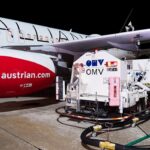
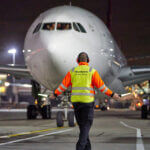
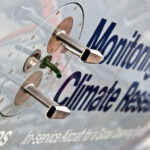


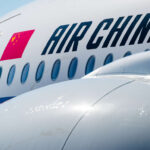
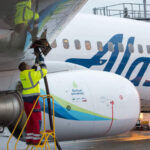
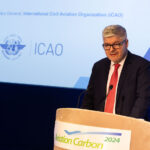
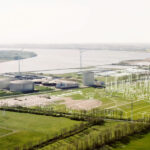
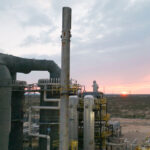

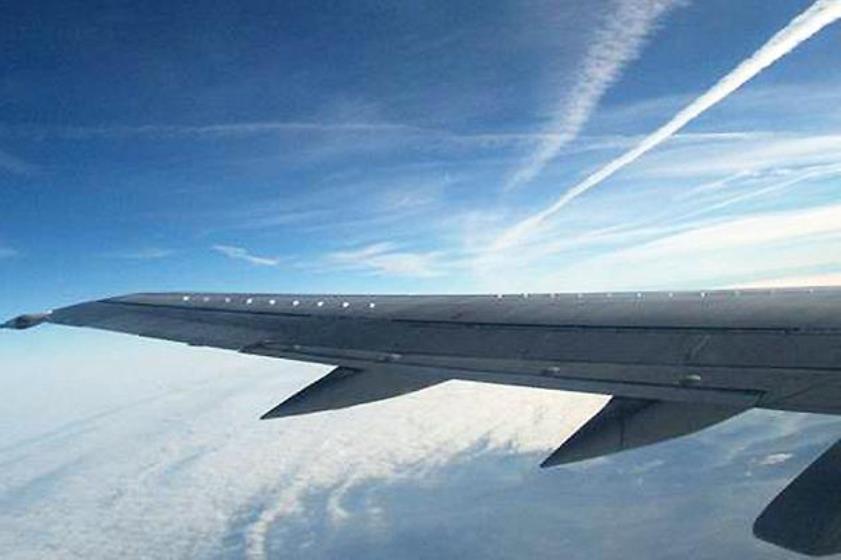

More News & Features
Progress on decarbonising the airline sector has been slow this year, says IATA chief
EASA releases status report on Europe’s SAF production and readiness to meet blending targets
European and US research programmes expand to better understand aviation non-CO2 climate effects
T&E joins aviation and climate scientists in urging action to reduce warming contrails
New study highlights differing strategies and barriers to decarbonising aviation in UK and Europe
New partnerships formed to drive e-SAF production in Nordic markets